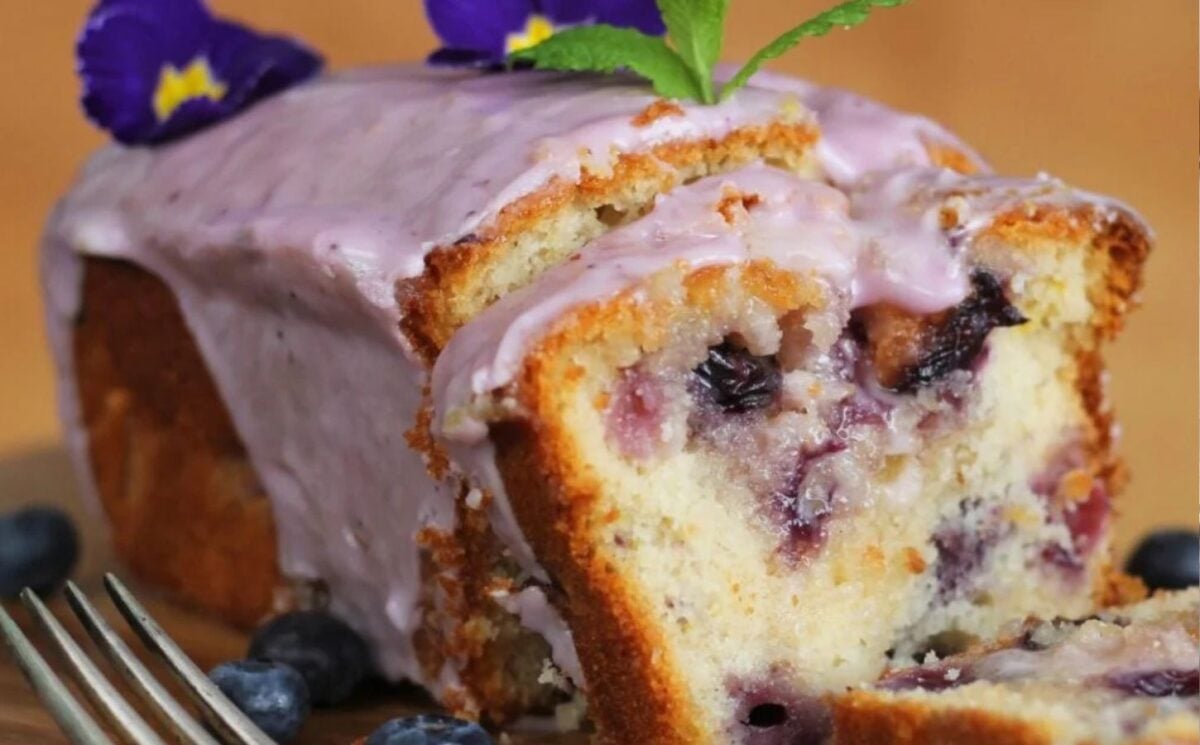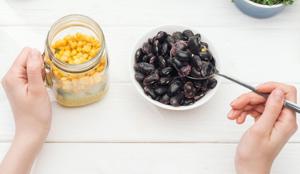As a food writer and recipe developer (not to mention my household’s primary cook), I spend a lot of time at the grocery store. I have my routes through the store mostly mapped out, but there is one product that continues to confuse me: coconut milk. The nondairy liquid made from coconut flesh and water can be found throughout the supermarket, including the refrigerated dairy case, the international foods aisle and the baking aisle.
Meanwhile, it comes in multiple, often similarly named iterations that are not the same thing. And if I accidentally grab a can of cream of coconut instead of coconut cream, there is a good chance my recipe will be ruined. To help clear things up, I turned to two experts: James Beard Award-winning chef and cookbook author Nok Suntaranon, who founded the Thai restaurant Kalaya in Philadelphia, and Sandra Gutierrez, a food historian and author of “Latinísimo: Home Recipes from the Twenty-One Countries of Latin America.

” Here’s what you need to know about the coconut milk products you are likely to encounter at the store. 1. Coconut milk What it is: At its most basic, coconut milk is simply shredded or grated coconut flesh that has been blended with hot water and strained, leaving behind a creamy liquid.
Canned coconut milk is unsweetened, and some brands contain nothing more than coconut solids and water. Others contain stabilizers such as guar gum, which help create a uniform consistency. Even within the category, not all coconut milks are the same quality or equally thick and rich.
“Keep looking until you find your favorite brand, and figure out how it works with your recipes,” Suntaranon says. “Then stick with it.” How to use it: Canned coconut milk adds body and subtle tropical flavor to curries, stews and other savory dishes, such as Gutierrez’s Pollo en Coco and many Thai (and Thai-inspired) recipes, such as Kaeng Khiao Wan Nuea (Green Curry With Beef and Thai Eggplant) and Thai-Style Chicken Curry.
It can be used in place of water when making rice and as a replacement for dairy milk in baking. Coconut milk is shelf-stable until it is opened, then must be refrigerated (not in the can) and used within a few days. Leftovers can also be frozen.
Transfer the coconut milk to an ice cube tray and then pop the frozen cubes into a container or zip-top bag and store for up to one month. 2. Light coconut milk What it is: Light (or lite) coconut milk is a lower-fat variety of regular coconut milk.
It is made in the same general way (and also unsweetened), but the final product gets watered down and then thickened with stabilizers and gums. How to use it: Light coconut milk can be used similarly to regular coconut milk, as in Coconut Black Bean Soup With Mango-Avocado Salsa or Coconut Agua Fresca. It is a good choice for people looking to cut down on fat and calories in their cooking, but typically produces a less pronounced coconut flavor in finished dishes, which might be preferable or not, depending on the recipe or your taste.
3. Coconut cream What it is: Coconut cream is similar to coconut milk, but with a higher concentration of fat. It is equivalent to the layer of cream that rises to the top of non-homogenized dairy milk.
Some stores sell canned coconut cream alongside canned coconut milk. If you can only find coconut milk, refrigerate it until well-chilled, then skim off the solidified layer of cream on top. How to use it: Like heavy cream, chilled coconut cream can be whipped to use as a topping much the same way you would its dairy counterpart.
It adds body and creamy texture to savory dishes, which is why Suntaranon uses dollops of coconut cream as a finishing flourish at Kalaya. “We top some of our rice dishes with coconut cream, and for curries we use coconut cream at the end for nice, rounded flavors,” she says. You’ll find it drizzled over Thai Curry Snow Pea Stir-Fry, too.
Coconut cream shines in baked goods and desserts, Gutierrez says. “The added fat also means you will taste the coconut better in whatever cake or bread you are making, because flavor is carried more effectively through fat than through water,” she says. Check out Black Sesame and Coconut Mochi for a fun no-bake option.
4. Cream of coconut What it is: Despite their confusingly similar names, coconut cream and cream of coconut are not the same ingredient, nor are they interchangeable. The main difference is sugar.
While coconut cream is typically unsweetened, cream of coconut has added sugar and is processed into a thick, pourable syrup. How to use it: Cream of coconut is usually not the ingredient to reach for if you are making a savory recipe. But it is a great fit for sweet cocktails and beverages, including a piña colada or coquito, a Puerto Rican Christmas drink similar to eggnog.
Gutierrez also recommends using cream of coconut to add tropical flavor to sweet desserts, such as Tres Leches Cake and Jamaican Gizzada Cookie Bars. 5. Sweetened condensed coconut milk What it is: Canned sweetened condensed coconut milk has risen in popularity in recent years as a nondairy alternative to sweetened condensed milk.
Made from coconut milk, sugar, stabilizers and sometimes salt, it is thick and very sweet, even more so than cream of coconut. How to use it: Try sweetened condensed coconut milk as a one-to-one substitute for its dairy cousin in drinks, such as Thai iced tea and boba, or in dessert recipes, such as flan, key lime pie and fudge. It is also delicious drizzled over fresh fruits, such as berries or pineapple.
6. Boxed coconut milk What it is: Boxed coconut milk, which often comes packaged in aseptic cartons, is formulated to function as a dairy-milk substit ute. At the grocery store, it can typically be found either in the refrigerated dairy case or with the shelf-stable nondairy milks.
The coconut base gets mixed with other ingredients - typically sugar, salt, natural flavoring, thickening agents and water - to create a more beverage-like product. Many brands also fortify boxed coconut milk with calcium, vitamin D and other vitamins typically found in dairy milk. How to use it: Boxed coconut milk is not typically a suitable substitute in recipes that call for canned coconut milk.
Instead, think of boxed coconut milk in the same way you would cow’s milk. Pour it into a glass or a bowl of cereal, stir into coffee or blend into a smoothie..
Food

A guide to coconut milk, cream and other related ingredients

As a food writer and recipe developer (not to mention my household’s primary cook), I spend a lot of time at the grocery store. I have my routes through the store mostly mapped out, but there is one product that...















